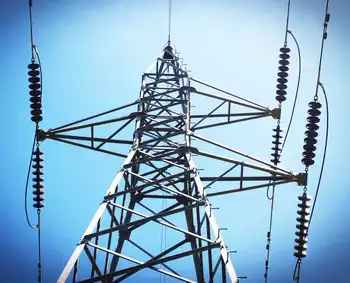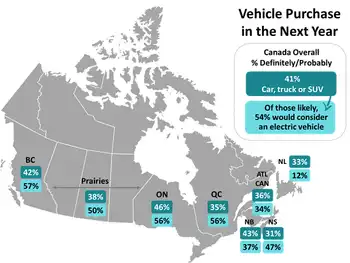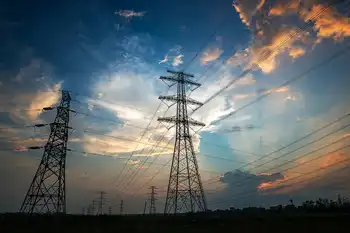Time-of-use rates need adjustment: Toronto Hydro
But a study conducted for Newmarket Hydro shows that even existing time-of-use rates have prompted householders to make small shifts in when they use electricity.
Most households are now equipped with "smart meters" that record hour-by-hour power usage, and consumers are being switched to new rates.
Customers on the new rates pay higher prices during peak periods – such as late afternoon and early evening – and lower prices when demand is modest, such as overnight and on weekends.
Toronto Hydro officials say they've talked to the Ontario Energy Board, which sets power prices, about widening the gap between peak and off-peak rates.
If consumers use less power during peak periods, the power system doesn't have to build extra generators that are active only for brief periods.
"The pricing of peak and off-peak and mid-peak periods will be critical," Toronto Hydro vice president Blair Peberdy told the Toronto Star editorial board.
"We think that for this summer, if the mid- and off-peak rates were lower, then consumers would have a greater opportunity to realize savings on their hydro bills if they make an effort to conserve, or shift consumption to off-peak times," Peberdy said.
Peberdy and chief executive Anthony Haines said they told the energy board in March that it would be helpful if there were a bigger gap between the high and low prices.
"In our opinion, the consumer needs to see an economic benefit" for using less power during peak period, Haines said.
In fact, the energy board actually narrowed the gap between peak and off-peak prices when it set new rates that became effective May 1.
The new rates increased the off-peak rate to 5.3 cents a kilowatt hour from 4.4 cents. The peak price rose to 9.9 cents a kilowatt hour from 9.3 cents. That meant the gap between peak and off-peak power actually narrowed to 4.6 cents a kilowatt hour from 4.9 cents. The mid-peak price was unchanged at 8.0 cents.
Toronto Hydro is working on some proposals of its own for redesigning the rates.
Paul Ferguson, chief executive of Newmarket Hydro, agreed in an interview that the price gap between peak and off-peak rates should probably be widened.
But he said a study conducted for his utility shows that even with the existing pricing, small changes in behaviour have occurred.
Newmarket Hydro tracked 3,000 household on time-of-use rate over a period of 26 months.
The study found that electricity usage in peak periods dropped by 2.8 per cent.
There was "virtually no change" in consumption during the weekday off-peak periods, but usage on weekend off-peak periods rose 2.21 per cent.
Related News

Calgary electricity retailer urges government to scrap overhaul of power market
CALGARY - Jason Kenney's government is facing renewed pressure to cancel a massive overhaul of Alberta's power market that one player says will needlessly spike costs by hundreds of millions of dollars.
Nick Clark, who owns the Calgary-based electricity retailer Spot Power, has sent the Alberta government an open letter urging it to walk away from the electricity model proposed by the former NDP government.
"How can you encourage new industry to open up when one of their raw material costs will increase so dramatically?" Clark said. "The capacity market will add more costs to the consumer and it will…





